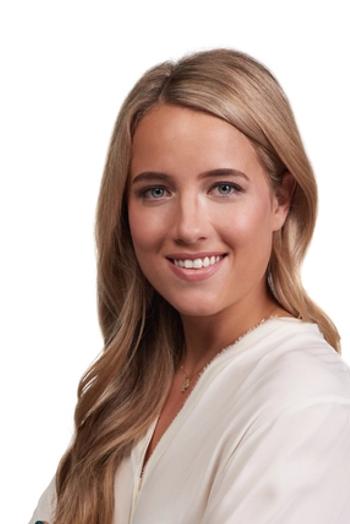
Understanding Patient Feedback; The Healthiest States; The Color of Diabetes
Digesting feedback from patients; alternative treatments gaining momentum, the color of diabetes; and more.
Digesting Feedback
You've conducted a patient satisfaction survey at your practice. Now what? Practice Notes blogger George Taylor recently outlined three quick steps to move from data to action.
1. Schedule time with staff. Twice a year, meet with your entire staff to discuss patient satisfaction.
2. Rate patient experiences. Identify the areas in your office in which patients have key experiences - for example, the sign-in process. Lay out these areas on a large whiteboard and have your staff self-assess their performance in each.
3. Compare experiences. Write the aggregate patient satisfaction score for each experience on your board next to the staff's self-assessed scores. Finally, discuss the results, gaps, and improvement opportunities.
Land of Thriving Patients
If you're a physician practicing in Vermont, it's likely the majority of patients in your state are healthier than patients in other states. That's according to a recently released report, "America's Health Rankings: A Call to Action for Individuals and Their Communities," which provides a state-by-state analysis of the nation's health. According to the report, Vermont, New Hampshire, Connecticut, Hawaii, and Massachusetts make up the five healthiest states. For results on a state-by-state basis, visit
Alternatives Gain Momentum
Hoping to attract additional patients, more hospitals are offering complementary and alternative treatments like acupuncture and massage. According to a recent survey by the American Hospital Association and the Samueli Institute, a nonprofit research group focusing on complementary medicine, 42 percent of hospitals offer at least one alternative therapy. That's up 5 percent since 2007.
What Color is Diabetes?
These days, many diseases have become associated with colors, thanks to awareness campaigns that have branded them with visual symbols. For instance, the pink ribbon is associated with breast cancer; the purple ribbon, Alzheimer's disease; the red ribbon, HIV. One very common ailment that lacks a color: diabetes. Some advocates are hoping to change that. Their hope is that linking diabetes to a blue circle will increase awareness, which of course leads to more donations and funding for research, according to National Public Radio.
Stress Busters
Nearly 90 percent of physicians say they are moderately to severely stressed. That's according to a survey conducted by Physician Wellness Services, an organization geared to helping physicians manage stress, and physician recruitment firm Cejka Search. Sixty-three percent of physicians said their stress level increased in the past three years; 85 percent said their employer does nothing to help them deal. Here's what most of the respondents suggested would ease their anxiety:
• Better work hours
• Less on-call time
• Better work-life balance
Medications Go Mobile
If you have forgetful patients, suggest this new tool. A smartphone application developed by the American Medical Association lets users create and update medication lists including dosing and schedule information. The app, available on iTunes, also stores immunization records and allergy information. It even enables patients to e-mail that information to physicians.
Stat
23.6 The percentage of states' spending in fiscal year 2011 expected to go to Medicaid.
Source: The National Association of State Budget Officers
Quotable
"We have got to be ready for three things: reduced reimbursement, increased costs, and increased demand. It's a perfect storm."
Marc Halley, CEO of the Halley Consulting Group
Source: American Medical News
"Evidence shows an overwhelming number of physicians are in fact paying off their debt in a timely manner, but it's incredibly important to have a strategy."
Julie Fresne, Association of American Medical Colleges
"Tackling Med School Debt: Pick the Plan for You"
This article originally appeared in the February 2012 issue of Physicians Practice.
Newsletter
Optimize your practice with the Physicians Practice newsletter, offering management pearls, leadership tips, and business strategies tailored for practice administrators and physicians of any specialty.









